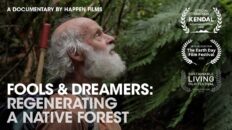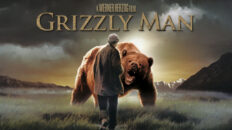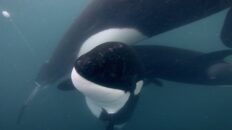In the picturesque town of Daggett Creek, Idaho, resides a remarkable individual whose passion for conservation knows no bounds. Meet Al Larson, a 94-year-old self-taught conservationist who has devoted the past 35 years of his life to the revival of the North American bluebird. Despite his advanced age, Al’s boundless energy and unwavering commitment to his cause serve as a testament to the transformative power of purpose.
The genesis of Al’s journey traces back to the 1800s when the introduction of European starlings and house sparrows precipitated a fierce competition for nesting cavities, spelling trouble for the native bluebird population. In response to this ecological imbalance, Al and his wife took decisive action, erecting hundreds of nest boxes along the roadside to provide sanctuary for these iconic birds.
Far from succumbing to the sedentary rhythms of retirement, Al embarked on his conservation mission in his sixties, driven by a steadfast refusal to yield to the specter of physical and mental decline. Drawing upon his background with the Audubon Society, Al’s vision crystallized into a tangible solution: handmade nest boxes crafted with care in his own workshop.
Over the years, Al’s tireless efforts have borne fruit, with over 27,000 bluebirds raised under his watchful eye. His expertise and dedication have earned him the moniker ‘the bluebird man,’ a title befitting his stature as a citizen scientist and bluebird advocate.
North American bluebirds, characterized by their vibrant plumage and secondary cavity nesting habits, have thrived in the artificial nest boxes meticulously maintained by Al. Spanning five Idaho counties, his bluebird trails span a network of 300 nest boxes, traversed by Al’s unwavering commitment to monitoring and conservation efforts.
As the bluebird population flourishes under Al’s stewardship, the challenge of engaging the next generation looms large. Ensuring the continuity of his legacy demands the cultivation of a new cadre of stewards dedicated to safeguarding the natural world and preserving the delicate balance of ecosystems.





Add comment